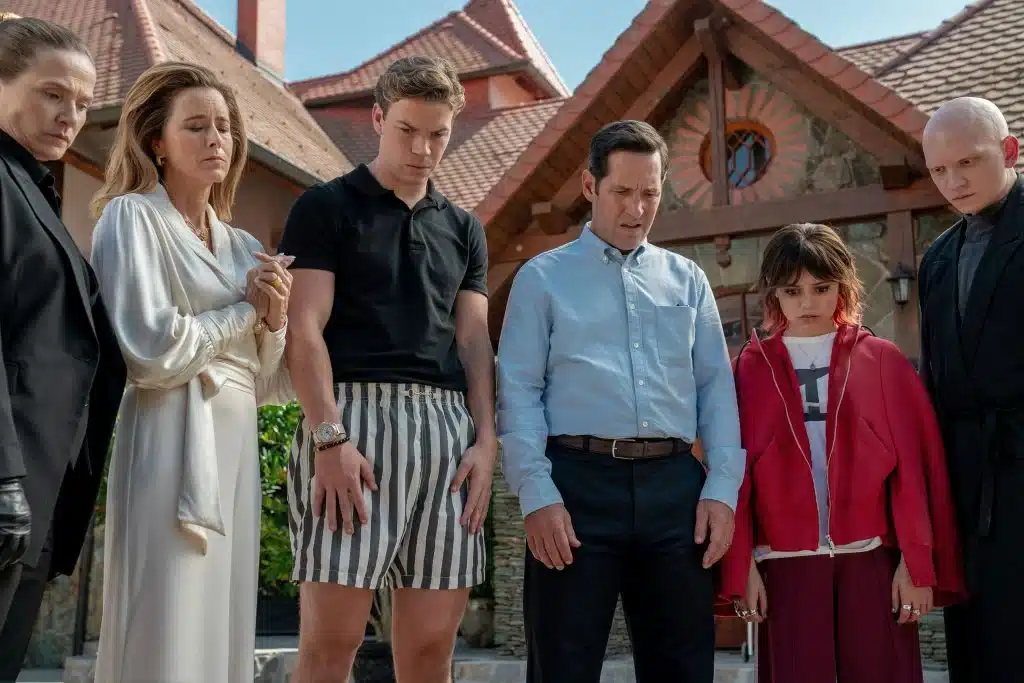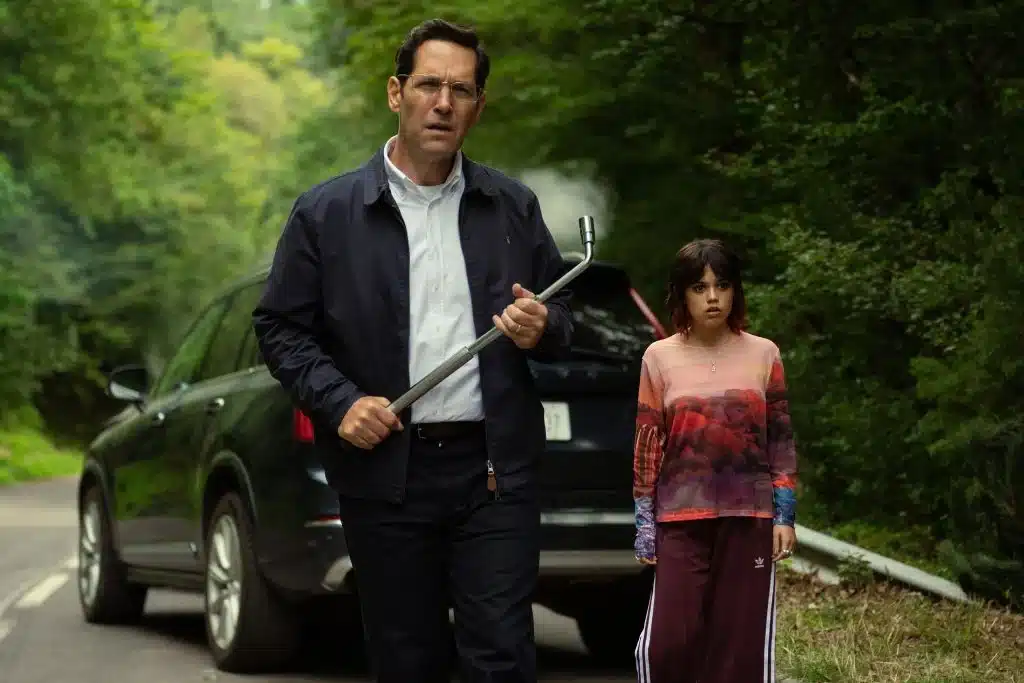
The image of a pure maiden gently cradling a unicorn’s head in her lap is one of art history’s most enduring tropes. But what happens when this symbol of innocence and purity collides with humanity’s greed and exploitation? The concept of the “maid unicorn” has evolved from medieval allegory to a cutting metaphor in modern horror, reaching its apex in A24’s 2025 genre-bending film Death of a Unicorn.
🏰 Medieval Origins: Taming the Untamable
The famed Unicorn Tapestries (1495-1505) at New York’s Metropolitan Museum of Art tell a visually rich story about humanity’s relationship with these mythical beasts. These exquisite textiles reveal a critical truth: unicorns were never the docile, rainbow-maned creatures of modern children’s fantasies. Historical accounts described them as “feral and dangerous beasts” that could only be subdued by the presence of a pure-hearted virgin . This paradoxical dynamic—violence tempered by innocence—created the foundational “maid unicorn” trope:
Symbolic Duality: The maiden represented purity and spiritual connection, while the unicorn embodied untamed nature
Religious Allegory: Christians interpreted these tapestries as Crucifixion allegories, with the unicorn symbolizing Christ .
Hunting Ritual: The maiden served as bait to lure unicorns into vulnerability for royal hunts
Modern Reinvention: Death of a Unicorn's Twisted Fairytale

Alex Scharfman’s 2025 horror-comedy reclaims the unicorn’s savage roots through its protagonist, Ridley (Jenna Ortega). When her character touches an injured unicorn’s horn after a roadside accident, she experiences a transcendental connection—a direct nod to the maiden-unicorn bond from medieval lore . But Scharfman subverts expectations:
Table: Medieval vs. Modern Maid Unicorn Depictions
| Era | Maiden’s Role | Unicorn’s Nature | Primary Theme |
|---|---|---|---|
| Medieval | Passive tamer | Dangerous but noble | Spiritual allegory |
| Death of a Unicorn | Active protector | Feral and vengeful | Ecological/capitalist critique |
Ridley as Modern Maiden: Unlike passive medieval figures, Ridley actively researches unicorn mythology through the tapestries, recognizing the Leopold family’s exploitation mirrors historical patterns
Violence as Commentary: The film’s gory unicorn rampage serves as karmic justice against capitalist greed, transforming the maid unicorn trope into an ecological vengeance narrative
Visual Homages: Scharfman meticulously recreates tapestry imagery—hunters’ garb, courtyard fountains, and the unicorn’s ferocity—grounding fantasy in art historical reality
Maid Unicorn as Cultural Mirror

The enduring power of this myth lies in its adaptability to contemporary anxieties:
Nature’s Retribution: The unicorns’ violence in Scharfman’s film reflects growing cultural fears about ecological blowback against human exploitation .
Innocence vs. Corruption: Ridley’s moral compass contrasts with her father’s complicity, positioning the “maid” as society’s ethical conscience .
Weaponized Purity: The Leopolds’ attempt to harvest unicorn horn for profit mirrors real-world pharmaceutical ethics scandals, updating the medieval hunt for commercial exploitation
Conclusion: Why the Myth Endures
The maid unicorn archetype persists because it encapsulates humanity’s dual desire to conquer and revere nature. Death of a Unicorn cleverly weaponizes this 500-year-old symbolism to critique modern capitalism while delivering visceral horror. As Scharfman told Den of Geek, the tapestries revealed unicorns as historically “not passive creatures” but fierce beings that “bite, kick, and use their horn” —a truth his film embraces to shatter childish unicorn fantasies.
You May also read this:-
FAQ: Maid Unicorn Mythology
Q: Where can I see the original Unicorn Tapestries?
A: The full set resides at The Met Cloisters in New York City, offering stunning insight into medieval symbolism .
Q: Does Death of a Unicorn accurately portray the tapestries?
A: Scharfman took creative liberties with fragmented sections (like “The Unicorn Surrenders to a Maiden”), expanding them with horror elements while respecting historical viciousness .
Q: Why associate maidens specifically with unicorns?
A: Ancient bestiaries claimed unicorns recognized spiritual purity, making virgins ideal “bait” to approach them—a concept blending misogyny and mysticism .
.